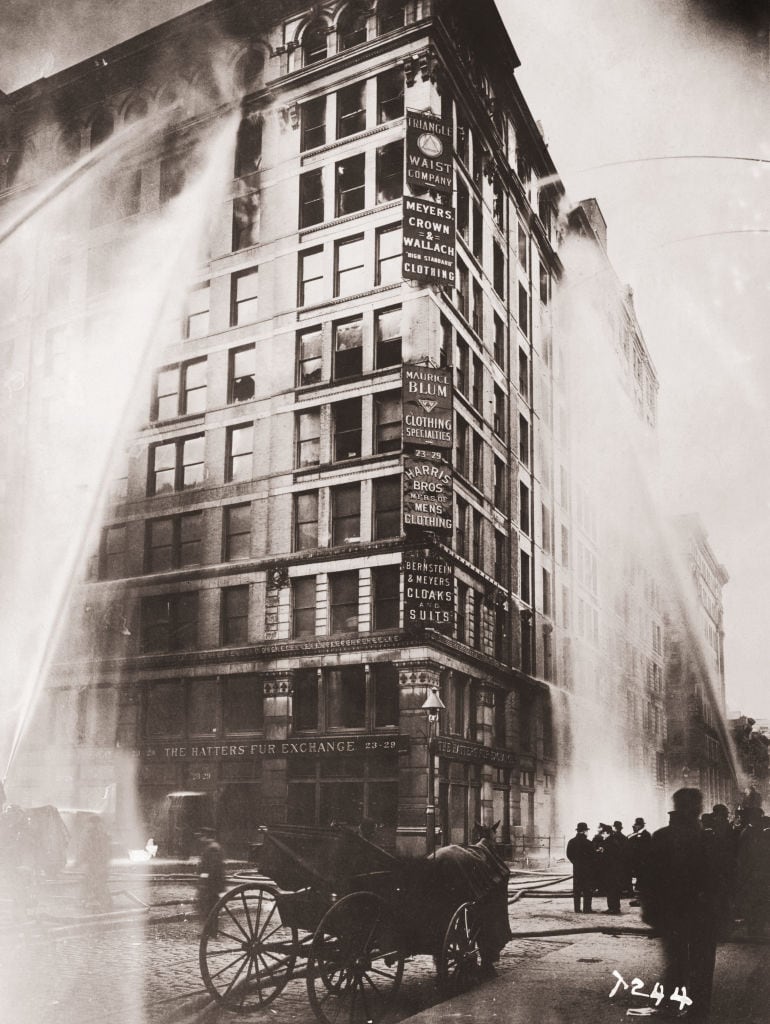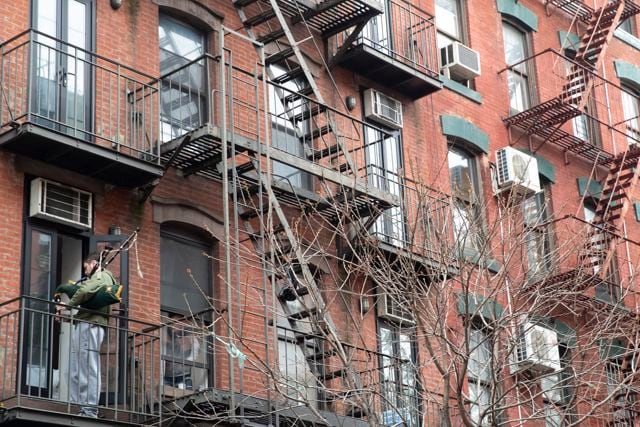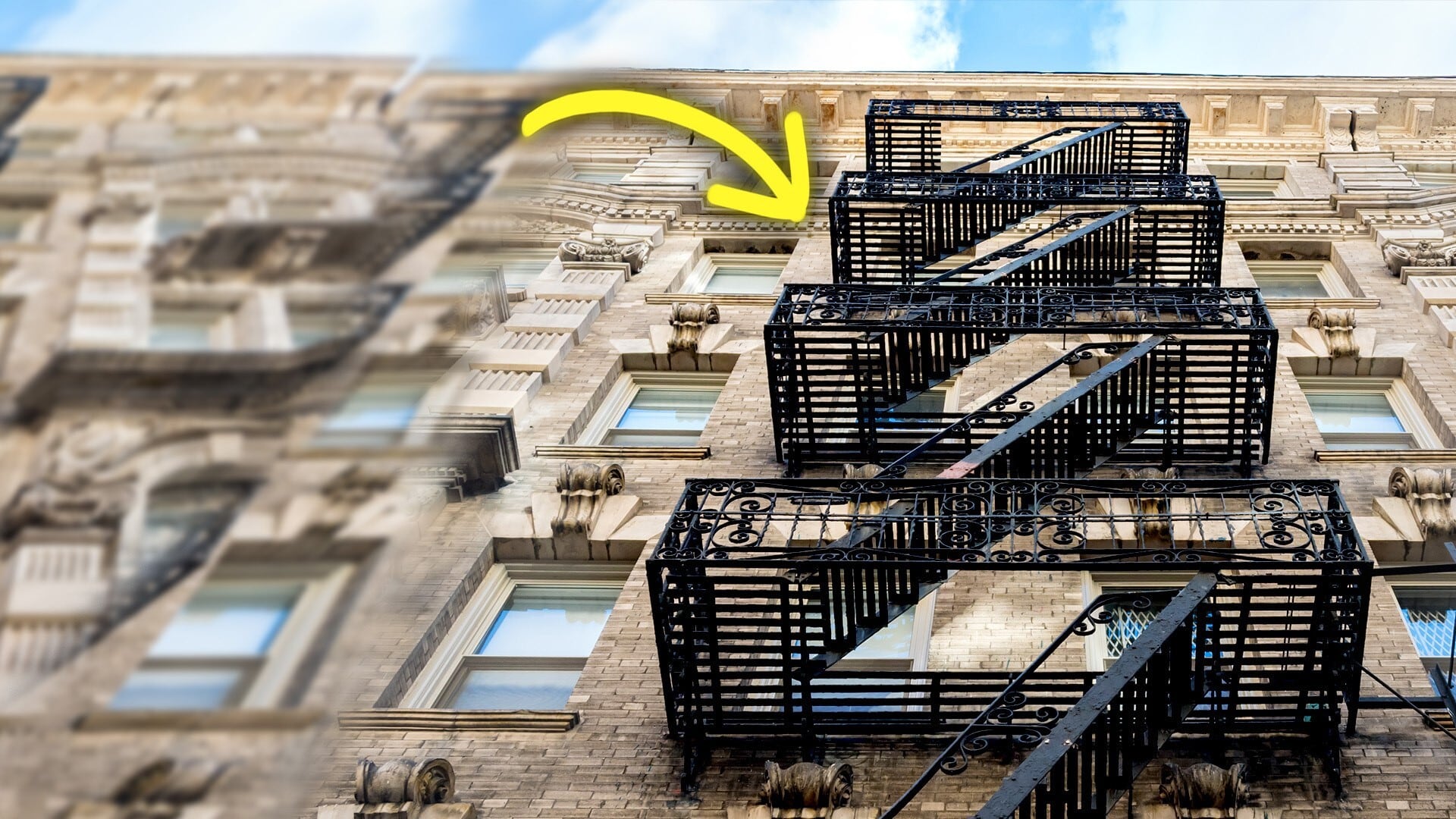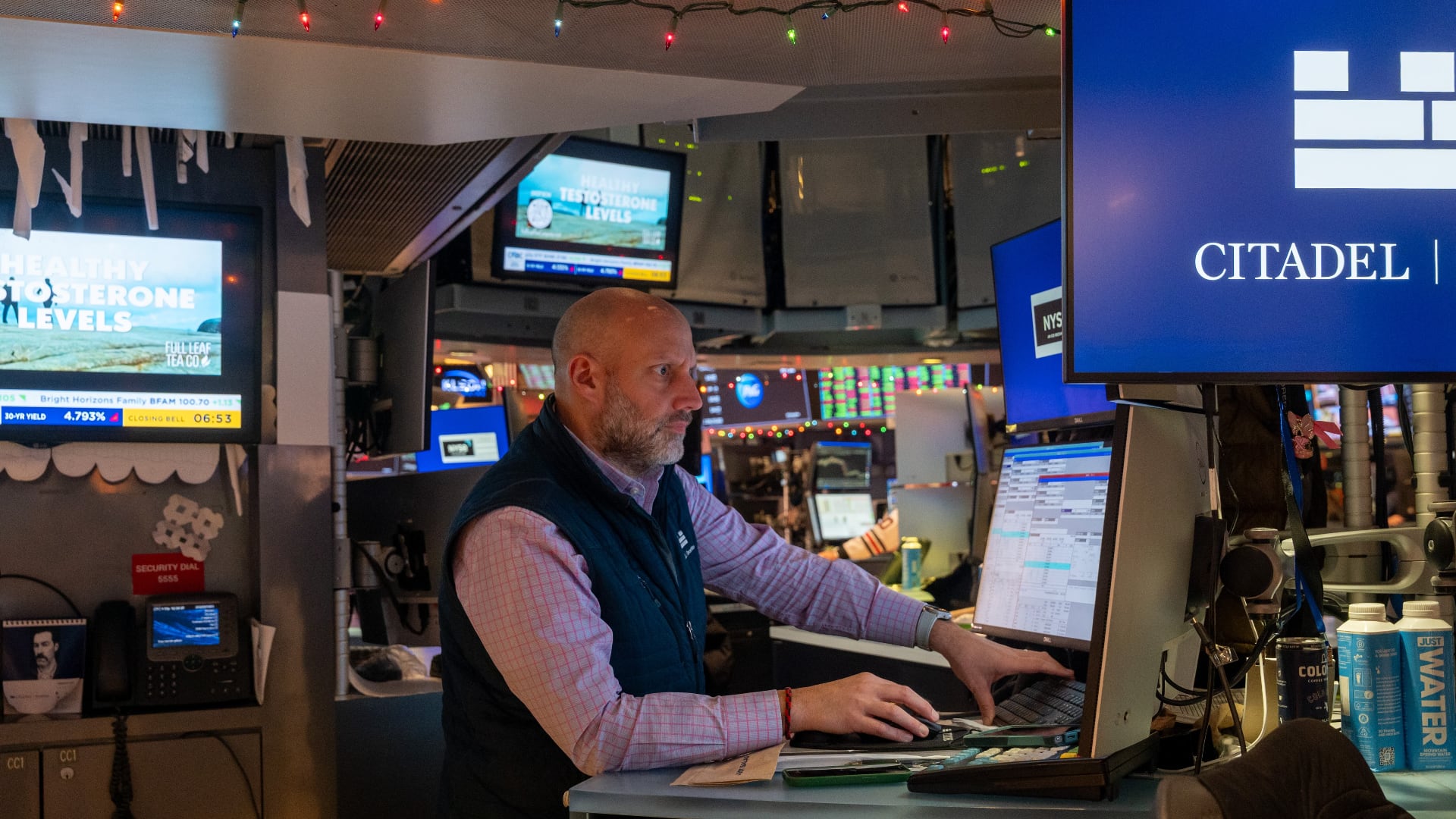Like skyscrapers, subways, and yellow taxis, the fire escape is also synonymous with New York City. It is nearly impossible to spend time on a city block without seeing one and while they’re meant to provide a route to safety, fire escapes aren’t actually ideal.
The fire escape has a storied past, dating back to the late 1700s England where the first iterations were first introduced.
Developers in London floated many different plans that would help people escape fires including the addition of small bridges at the top of buildings that would allow people to cross to another building for safety. That would have presented its own set off issues such as the possibility that the next structure could also catch fire and ensuring residents had access and ability to get to the roof.
In the 1800s, an influx of European immigrants flocked to New York City in search of opportunity. Many of them started at low-paying factory jobs and could only afford to live in tenements, notoriously cramped, crowded apartment buildings that often experienced fires.
Deadly Fires Push NYC to Establish Fire Codes
A law was passed in 1860 after 20 people were killed in a tenement fire that started in a street-level bakery. Developers now would be responsible for establishing fireproof exits in buildings with more than eight families.
But building fireproof interior staircases was costly and construction would reduce the rentable space. The new building codes allowed landlords to attach exterior staircases that were to be made of iron or wood.
Although the new regulations were enacted, not much was being done to enforce the building codes, meaning fire safety remained poor. It took more than 50 years and the deaths of 146 garment workers at the Triangle Shirtwaist Company in 1911 for the city to clamp down on landlords and developers when it came to building safety.

Six hundred workers were packed into the building that day, most of them teenage girls who worked 12-hour shifts. There had only been two exits in the factory, and one of them was locked by management to prevent theft. When a fire broke out in a rag bin, there was no feasible way for everyone to escape.
After the tragedy, nearly 80,000 people attended a march down Manhattan's Fifth Avenue in protest against the lack of stringent building codes. In October 1911, the Sullivan-Hoey Fire Prevention Law was passed in New York, requiring factory owners to install sprinkler systems. The New York City Fire Prevention Bureau was also born out of this new law.
City Eventually Halts Construction of Fire Escapes

In 1927, the Building Exits Code called for all newly constructed buildings to include fireproof interior stairs. But, the fire escape had become commonplace, and developers continued to install them in New York City until around 1968. Sprinkler systems were already the standard in factories, and now the law called for them to be installed in residential structures as well.
Though landlords weren’t forced to get rid of existing fire escapes and replace them, they did have to get them inspected every five years. The practice continues today.
Yet, while fire escapes stopped being built, there is some concern over the ones that still exist. An estimated 75 percent of city fire escapes do not meet standard safety guidelines — mainly from erosion of bolts anchoring them to buildings — and 50 percent could cause potential accidents, according to the National Fire Escape Association.
Video produced by Ali Larkin and John Tejada. Article written by Lawrence Banton.



